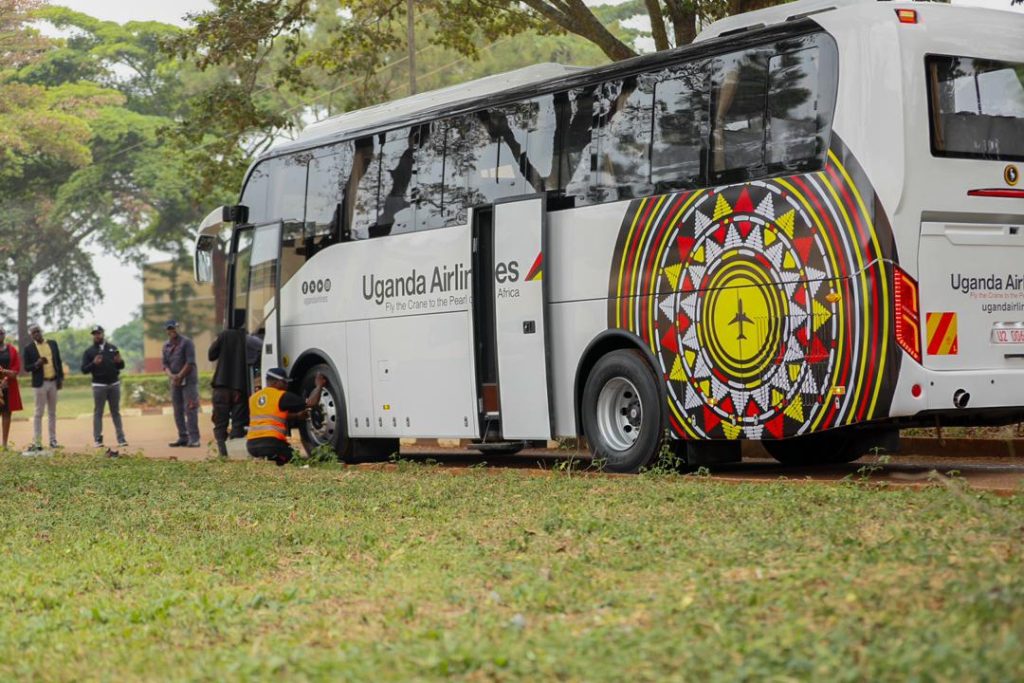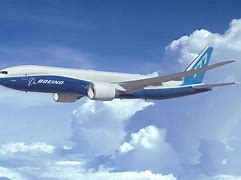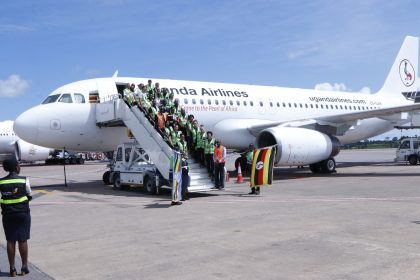KMC projects need for 6000 electric bus drivers in Uganda by 2028
 The Kayoola Diesel Coach that KMC has built for Uganda Airlines. An electric version of the coach will soon be on offer to customers
The Kayoola Diesel Coach that KMC has built for Uganda Airlines. An electric version of the coach will soon be on offer to customers
Assessments by Kiira Motors Corporation KMC, point to a rapid adoption of electric vehicles in Uganda’s public transport over the next four years, creating a need for a cadre of skilled operators and maintenance crew to support the type.
According to KMC chief executive Paul Isaac Musasizi, the automaker which expects to launch operations of its manufacturing plant in Jinja later this year, expects to have put 2000 electric buses on the road by 2028. To facilitate a smooth entry to market for its customers, the manufacturer has embarked on a programme to skill 6000 e-Bus drivers and associated support staff by 2028.
“We project that by July 2028 Uganda will have at least 2,000 e Buses on the road. We also see the need for smaller e-Buses in the 6-9 meter segment, to provide a pragmatic solution for transition from current taxis to e-mobility solutions,” Musasizi told 256 BN.
In all, the automaker will be offering seven platforms of different sizes, including an e-coach, to cater for inter-city travel.
So-called because it targets drivers that are already licensed to drive conventional internal combustion engine powered vehicles, KMC’s program seeks to skill an initial cohort of 6000 drivers in the run-up to 2028.
“We need at least two properly skilled operators per bus and an extra which is about 30pc to account for labour mobility; people changing Jobs or even moving out of the country for the next four years,” Musasizi explained, adding that the 30pc margin also caters for those that may not pass the assessment.
The skilling which is taking place at Luweero industries in Nakasongola in December 2023, will involve a pilot of 80 drivers spread across five cohorts. Because of capacity, the first and second cohprts had five drivers each, the third cohort had twenty while the fourth and fifth cohorts will have 25 drivers each.
The skilling modules cover Handling and Operation of the Equipment on duty, Operating the Charging Systems, Routine Service Maintenance and Repair of the Equipment, Customer Experience and Traffic Rules and Regulations.
“It’s epic, but we are also cognizant of the fact that not all persons pass the skilling assessment. We also need to have skilled technicians for service maintenance and repair for the e-Buses and charging system,” he said.
For instance, the pilot has so far seen a success rate of 60pc on the first attempt, while with more practice, 40pc pass on the second trial.
Alongside the drivers, KMC also sees a need for a minimum of 500 Fast DC Chargers to support the fleet it will put on the road in the coming years. Already KMC has 14 DC chargers in stock for sale to customers who will be buying their buses.
KMC sees good prospects for its 5000 vehicles a year plant located in Jinja from the regional market. Kenya announced plans to deploy 300 e-buses for Nairobi in 2023 while Rwanda has also projected a need for 200 e-Buses in 2024.
“My take is that for the, EAC if the power supply is good, we can be looking at 10,000 e-Buses to meet the demand in the medium term. The discriminant will be financing the assets and so we need innovative models to address this financing need,” Musasizi says.

 Brussels Airlines to announce Nairobi service
Brussels Airlines to announce Nairobi service
 SITA promises enhanced travel experience after Materna acquisition
SITA promises enhanced travel experience after Materna acquisition
 Saudia’s 105 aircraft order stretches A320neo lead over rival Max
Saudia’s 105 aircraft order stretches A320neo lead over rival Max
 Boeing refuses to pay hackers $200 million for stolen Data
Boeing refuses to pay hackers $200 million for stolen Data
 Uganda-Tanzania announce date for second joint business forum
Uganda-Tanzania announce date for second joint business forum
 Uganda Airlines leased A320 arrives in Entebbe
Uganda Airlines leased A320 arrives in Entebbe
